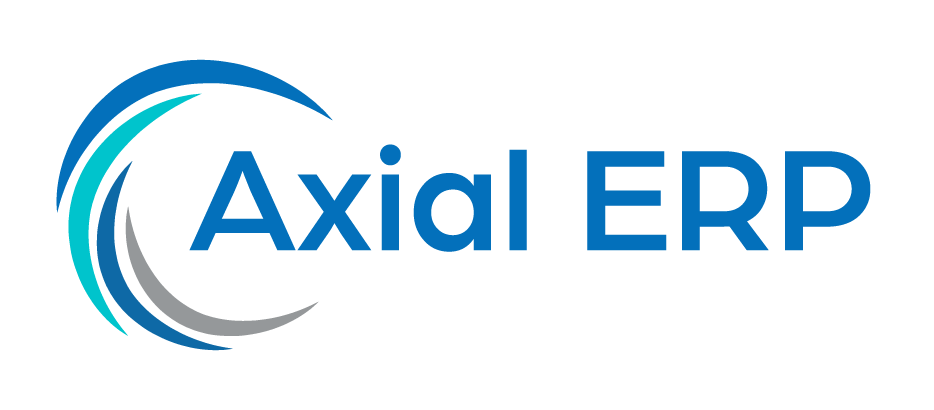Promoting Agility in Retail with Predictive Analytics in ERP
In today’s digital era, the retail sector faces constant challenges and fierce competition. Technological advancements and changes in consumer behavior demand that retailers be more agile and adaptable than ever before. A powerful tool for achieving this agility is the use of predictive analytics within enterprise resource planning (ERP) systems. This article explores how predictive analytics integrated into ERP systems can transform retail, enabling companies to anticipate market trends, optimize operations, and deliver enhanced customer experiences.
What is Predictive Analytics in ERP?
Predictive analytics refers to the use of data, statistical algorithms, and machine learning techniques to identify the probability of future outcomes based on historical data. When applied to an ERP, these analyses can predict sales trends, product demand, and buying behaviors, among others. This enables retailers to make informed and proactive decisions.
The Importance of Agility in Retail
Agility in the retail sector is the ability of a company to quickly adapt to market changes and effectively respond to consumer demands. In such a dynamic environment as retail, agility is crucial for survival and long-term success. Companies that can anticipate changes and adapt to them not only survive but thrive.
Integration of Predictive Analytics in ERP
The integration of predictive analytics into ERP systems is a step forward in business management. With this integration, retailers can gain deeper insights into their operations and the market. ERP systems with advanced analytical capabilities can process large volumes of data in real-time, providing valuable information for strategic decision-making.
Benefits of Predictive Analytics in Retail
Predictive analytics offers numerous benefits for the retail sector, including:
- Improved Inventory Management: Predicting product demand allows for more efficient inventory management, reducing excess stock and avoiding shortages.
- Supply Chain Optimization: Predictive analytics help anticipate potential disruptions and optimize supply routes.
- Personalization of Customer Experience: Understanding customers’ future preferences and behaviors allows for personalized experiences and improved loyalty.
- More Effective Resource Planning: By anticipating future needs, retailers can plan their human and material resources more effectively.
Success Stories: Retailers that have Transformed their Business with ERP and Predictive Analytics
There are numerous success stories of retailers that have implemented predictive analytics in their ERP systems and have seen significant results. These companies have improved their decision-making processes, optimized their operations, and increased their profitability.
Challenges and Considerations for Implementation
Although the benefits are clear, the implementation of predictive analytics in ERP is not without challenges. Retailers must consider the quality and integration of data, the necessary technological infrastructure, and the training of staff for the effective use of these analytical tools.
Conclusion
The implementation of predictive analytics in ERP systems represents a significant opportunity for the retail sector. These tools provide the agility needed to stay competitive in a constantly changing market. Retailers that embrace this technology not only improve their operational efficiency but also deliver superior customer experiences, which is vital in the era of e-commerce and personalization.
For those in the retail sector, it is time to look to the future and consider how predictive analytics in ERP can be the differentiator that allows them to stay ahead of the competition and ensure sustainable growth over time.



